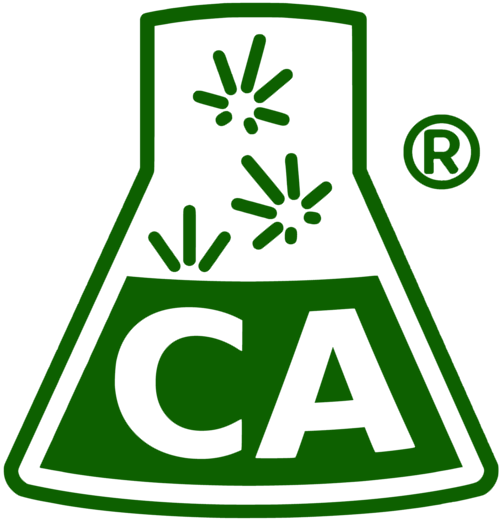Why does my potency vary so much between harvests?
“To such an extent does nature delight and abound in variety that among her trees there is not one plant to be found which is exactly like another; and not only among the plants, but among the boughs, the leaves and the fruits, you will not find one which is exactly similar to another.” -Leonardo da Vinci
It is astonishing how many variables appear to lend effect to the cannabinoid production properties of a cannabis plant, bud, or even a single trichome. While the genetic makeup of a plant does greatly influence the physical and chemical properties of the tissues it associates, environmental variables also play a profound role. In our experience, the cannabinoid ratios of a strain are largely conserved between harvests and between growers, while the cannabinoid concentrations are what vary. At the end of the day, it is the cannabinoid and terpenoid ratios – also called the “chemotype” or the “profile” – that are significant about a strain. In terms of “quality” of the product, marijuana is a lot like wine, “it’s good weed if you like it, it’s not good weed if you don’t like it.” In this respect, higher is often not better. From an analytical perspective: it’s really the terpenes that are telling about your strain and your cure quality. By-and-large, you can tell good cannabis flower by looking at it and smelling it. To know if you enjoy the high there’s only one way to find out. Confidence Analytics is using our collective data to identify what it is that gives different strains different effects. It is an infinitely complex question and if you’re interested in joining our efforts, please call to inquire about how the truth is in your plants. One thing’s for sure: it is the ratios of the chemical constituents that hold the meaning, not the absolute concentration of THCmax or cannabinoid total.
Okay, so you’re still concerned about your total cannabinoids. You want higher numbers because your buyers want higher numbers, because the consumers want higher numbers, because many of this industry’s transactions do not assess quality in a sophisticated way. Again, we at Confidence are ready to partner with you on changing this paradigm, and all interested parties will benefit from better communication about quality.
How to get higher THC results on a flower harvest: There appear to be many variables that affect cannabinoid production by weight. Obviously, the plant won’t produce well without good nutrients and lighting, so those two factors are important to the point of being essential. The cannabis growing community employs a wide variety of methods for providing nutrients and lights to plants, and each strategy appears to perform differently; the strategies perform differently compared to eachother and compared to themselves over time. The importance of water is often overlooked, and many fail to see how nuanced is the role of water in marijuana production and processing. Most marijuana farmers could get higher THC results by watering less (notice we said “water the plants less” not “dry the samples more”. Don’t over-dry your samples. It doesn’t help your potency that much, and it hurts your terpenes. Send us the final product as you would package it). When everything else is going well for the plant, the more water it gets the faster it will grow. Slow growing plants tend to test higher because they are putting more of their energy into cannabinoid production and not flower production. This means they yield less but test higher. Watering less not only stunts the plants, it can also cause the plant to produce more resin per gram to avoid desiccation, but it won’t work unless the vapor pressure deficit in the plants is adequate. Without enough humidity they’ll dry up quickly and you’ll be forced to water them more often. When it’s all added up, plants tend to produce more cannabinoids per square foot per year when you water them adequately; despite testing lower they make more flower when they are watered more, and thus more total resin. The techniques by which some producers get higher test results than others on their flower are highly varied – some nefarious – and is a subject that has been and will continue to be extensively investigated, scrutinized, and in some cases patented. As always, your lab is actively investigating the issues that are relevant. Call Confidence if you have research questions you’d like to investigate.
